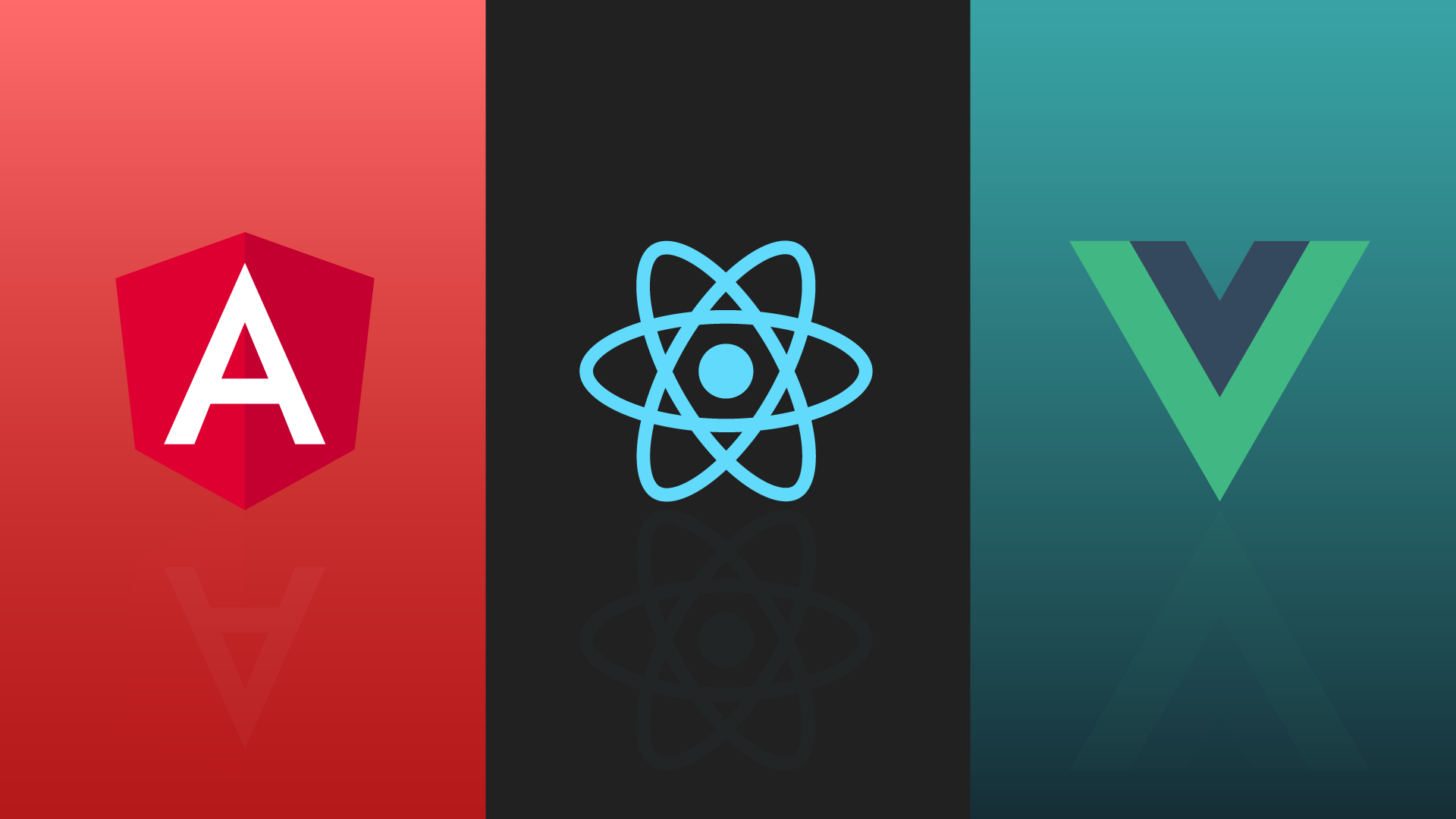React vs Angular vs Vue: Choosing the Right Framework for Your Web Development Project
 S. Hariharan Reddy
S. Hariharan Reddy
Introduction:
When it comes to building modern web applications, front-end frameworks play a crucial role in simplifying development processes and enhancing user experiences. React, Angular, and Vue are three popular frameworks that have gained significant traction in the web development community. Each framework has its unique features, advantages, and trade-offs. In this blog post, we will explore the use cases of React, Angular, and Vue, discuss why and when to use each framework, and provide real-life examples of their implementation.
React:
React, developed by Facebook, is a JavaScript library for building user interfaces. It emphasizes component-based architecture, reusability, and a declarative approach. Here are some key use cases for React:
a. Single-page applications (SPAs): React is an excellent choice for creating SPAs that require high interactivity and frequent updates without refreshing the entire page.
b. Mobile applications: React Native, a framework based on React, allows developers to build native mobile apps for iOS and Android platforms using JavaScript and React concepts.
c. Large-scale applications: React's component-based architecture and virtual DOM make it suitable for managing complex user interfaces and handling large data sets efficiently.
Pros of React:
High performance and efficient rendering with the virtual DOM.
Huge ecosystem and community support.
Easy integration with existing projects.
React Native for building cross-platform mobile apps.
Cons of React:
Steeper learning curve, especially for beginners.
Limited built-in functionality requires additional libraries for advanced features.
Requires manual configuration for server-side rendering.
Real-life Implementation:
Facebook, Instagram, Netflix, Airbnb, and WhatsApp Web are some notable applications built with React.
Angular:
Angular, developed by Google, is a complete framework for building web applications. It focuses on providing a robust structure, two-way data binding, and dependency injection. Let's explore the use cases for Angular:
a. Enterprise applications: Angular's opinionated structure and extensive features make it an excellent choice for developing large-scale, enterprise-grade applications.
b. Complex data-driven applications: With powerful data binding capabilities, Angular simplifies the process of managing and updating complex data models.
c. Progressive Web Apps (PWAs): Angular's service worker support and offline caching make it suitable for building PWAs that offer app-like experiences even with limited internet connectivity.
Pros of Angular:
Comprehensive framework with a clear structure and built-in tools.
Two-way data binding for easier data management.
Enhanced testing capabilities.
Built-in support for TypeScript.
Cons of Angular:
Steeper learning curve is due to its extensive feature set.
Higher development complexity compared to React and Vue.
Larger bundle size.
Real-life Implementation:
Google, Microsoft, IBM, Forbes, and Upwork are among the organizations that have implemented Angular for their web applications.
Vue:
Vue is a progressive JavaScript framework that prioritizes simplicity and ease of use. It offers a flexible and intuitive approach to building web interfaces. Here are the use cases for Vue:
a. Small to medium-sized applications: Vue's lightweight nature and gentle learning curve make it an ideal choice for smaller projects or when quick prototyping is required.
b. Interactive user interfaces: Vue's reactivity system enables real-time updates and seamless data binding, making it suitable for applications that heavily rely on user interactions.
c. Embeddable components: Vue's ability to build components with encapsulated functionality makes it useful for creating embeddable widgets that can be integrated into existing projects.
Pros of Vue:
Gentle learning curve, especially for developers familiar with HTML, CSS, and JavaScript.
Flexible and easy-to-understand syntax.
Smooth integration with existing projects.
Small bundle size.
Cons of Vue:
Limited ecosystem and community support compared to React and Angular.
Lack of official tooling and plugins for complex tasks.
The smaller talent pool can make hiring Vue developers more difficult.
Real-life Implementation:
Alibaba, Xiaomi, Nintendo, Grammarly, and GitLab are among the companies that have used Vue in their projects.
Conclusion:
When deciding on the appropriate framework for your web development project, consider the following factors:
Project Size:
For small to medium-sized applications, Vue is a suitable choice due to its lightweight nature and ease of use.
For large-scale applications, Angular provides a comprehensive structure and robust features.
Complexity:
Angular is recommended for applications with high complexity due to its extensive features and opinionated structure.
Vue can be a good fit for applications with moderate complexity, offering simplicity and flexibility.
Scalability:
Angular is known for its scalability and is a solid choice for applications expected to handle substantial growth.
React and Vue can also handle scalability well, but Angular's built-in features and scalability tools provide an advantage.
Team Experience:
If your team has limited experience or prefers simplicity, Vue is a great option due to its gentle learning curve.
Angular requires more expertise and is suitable for teams with prior experience or a willingness to invest in learning.
React falls in between, offering a larger community and ecosystem compared to Vue but with a steeper learning curve.
In simple words, for small to medium-sized projects with straightforward requirements, Vue is a user-friendly choice. Angular is well-suited for larger and complex applications, especially if scalability is a concern. React is a versatile option that fits in between, providing a balance of performance and community support.
Remember, these recommendations are general guidelines, and the final decision should consider your project's specific needs, existing team expertise, and future scalability requirements.
Subscribe to my newsletter
Read articles from S. Hariharan Reddy directly inside your inbox. Subscribe to the newsletter, and don't miss out.
Written by

S. Hariharan Reddy
S. Hariharan Reddy
Hi, I’m Hariharan Reddy — a Btech graduate passionate about building scalable web applications, managing enterprise databases, and automating real-world workflows. From full-stack development to Oracle DBA and cloud infrastructure, I document my mistakes and learnings here in blogs.